| [1] 郭飞,张志敏,苏雅娟,等.带锁髓内钉治疗下肢管状骨骨折并发症原因分析及预防措施[J]. 现代中西医结合杂志,2012,31(1): 3527-3529.[2] Zheng SC.Virtual Reconstruction of Long Bone Fracture in Car-to-pedestrian Collisions Using Multi-body System and Finite Element Method. Chin J Mech Eng. 2011;6(2): 1045-1055.[3] 邹明,柏广富,张焱,等.三种不同内植物固定治疗老年股骨转子间骨折[J].中国组织工程研究,2012,16(30):5696-5700.[4] 易军飞,黄卫国,白瑞飞.新型股骨近端解剖型锁定钢板治疗股骨粗隆间骨折60例的早期疗效[J].中国老年学杂志, 2010,32(20): 4521-4522.[5] 孟位明,许红生,付卫杰,等. 股骨近端锁定钢板与股骨近端抗旋髓内钉治疗股骨转子下骨折的疗效[J]. 临床骨科杂志, 2014, 17(2):165-167.[6] 王冬冬,高峰,程杰平,等. 治疗股骨转子间骨折时头颈拉力螺钉不同置入位置的有限元计算[J].中国组织工程研究, 2014,18 (17): 2667-2672.[7] 闰玉明,廖永,张伟平,等.Singh分类对股骨近端防旋髓内钉治疗老年骨质疏松性骨转子间骨折的影响[J].中华创伤骨科杂志, 2012,14(2):175-176.[8] Kuzyk PR, Shah S, Zdero R, et al. A biomechanical comparison of static versus dynamic lag screw modes for cephalomedullary nails used to fix unstable peritrochanteric fractures. J Trauma Acute Care Surg. 2012;72(2):E65-70. [9] Veen EJ, Ettema HB, Zuurmond RG, et al. Are there any advantages in using a distal aiming device for tibial nailing? Comparing the Centro Nailing System with the Unreamed Tibia Nail. Injury. 2011;42(10):1049-1052.[10] Ye J, Zheng Q. Augmentative locking compression plate fixation for the management of long bone nonunion after intramedullary nailing. Arch Orthop Trauma Surg. 2012; 132(7): 937-940. [11] 章暐,邹剑. INTERTAN髓内钉与滑动髋螺钉治疗老年性粗隆间和粗隆下骨折的临床比较[J].组织工程与重建外科,2014,10(2): 100-103.[12] 张亮,刘文军. 股骨近端锁定钢板内固定治疗Russell-TaylorIIB型股骨粗隆下骨折的临床疗效[J]. 中国骨与关节损伤杂志, 2014,29(4):384-385.[13] Hegazy AM. Surgical management of ipsilateral fracture of the femur and tibia in adults(the floating knee) :postoperative clinical,radiological, and functional outcomes. Clin Orthop Surg. 2011;3(2):133-139.[14] 王一民,徐开明,黄醒中,等.髓内钉置入内固定治疗肱骨骨折[J]. 中国组织工程研究,2013,4(1):696-703.[15] Wang KZ. The pain-related behavior changes correlate with the bone damage in a rat model of rheumatoid arthritis. J Med Coll PLA. 2013;3(1):160-173.[16] 侯新安.股骨干骨折合并同侧股骨颈骨折的研究进展[J].中医正骨,2010,7(1):37-40.[17] 尹鹏,毛智,张立海,等.锁定加压钢板与带锁髓内钉内固定治疗 B 型及 C 型肱骨干骨折的疗效比较[J]. 中国修复重建外科杂志,2013,12(2):1457-1461.[18] 李建刚,王磊.髓内钉与钢板内固定治疗胫骨远端关节外骨折的Meta分析[J]. 中国组织工程研究,2013,48(1):8361-8367.[19] 王永华. 阻挡钉结合带锁髓内钉治疗胫骨下段骨折疗效观察[J]. 中国现代医药杂志,2013,11(1):51-52.[20] 黄桃园,刘志英,何向东,等. 股骨近端防旋髓内钉(PFNA)治疗老年股骨粗隆骨折46例临床研究[J]. 浙江创伤外科,2014,19(2): 191-193.[21] Suksathien Y, Suksathien R. Clinical study of a new design multifunc-tion dynamic external fixator system for open tibial fracture. J Med Assoc Thai. 2011;94(9):1084-1088.[22] Vallier HA, Cureton BA, Patterson BM. Randomized, prospective comparison of plate versus intramedullary nail fixation for distal tibia shaft fractures. J Orthop Trauma. 2011;25(12):736-741. [23] 王国栋,袁同洲,许诺,等.防旋型股骨近端髓内钉治疗老年股骨转子间骨折[J]. 中国组织工程研究,2014,18(17):2679-2684.[24] 董福,张晟,张凯瑞,等.一种新型可控微动胫骨髓内钉的研发及其对骨折愈合的影响[J].中华创伤骨科杂志,2014,16(4):284-289.[25] Barton TM, Gleeson R, Topliss C, et al. A comparison of the long gamma nail with the sliding hip screw for the treatment of AO/OTA 3 l-A2 fractures of the proximal part of the femur: a prospective randomized trial. J Bone Joint Surg Am. 2010; 92(4):792-798.[26] 尹鹏,毛智.锁定加压钢板与带锁髓内钉内固定治疗B、C型肱骨干骨折的疗效比较[J]. 中国修复重建外科杂志,2013,12(2):1457-1461.[27] 张建新,潘志军,厉勇,等. 交锁髓内钉早期动力化促进骨折愈合的临床研究[J]. 中华全科医学,2014,12(6):862-863.[28] 杜继忠,孙喜悦,魏鹏,等.带锁髓内钉固定治疗胫骨干骨折12例分析[J]. 中国煤炭工业医学杂志,2013,11(1):1830-1831.[29] Butler M, Forte ML, Joglekar SB, et al. Evidence summary: systematic review of surgical treatments for geriatric hip fractures. J Bone Joint Surg Am. 2011;93(12):1104-1115. |
.jpg)
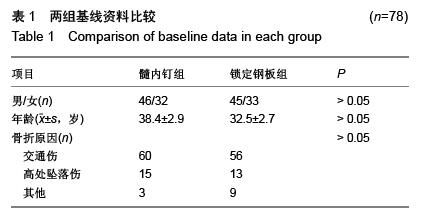
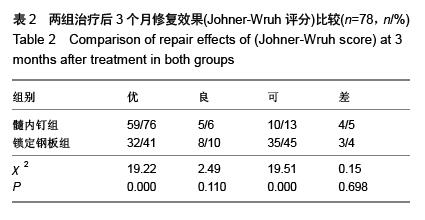
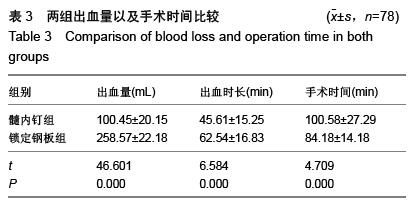
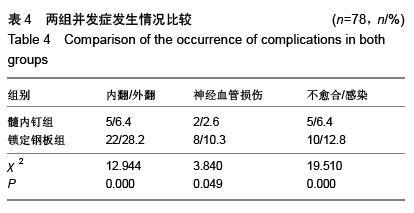
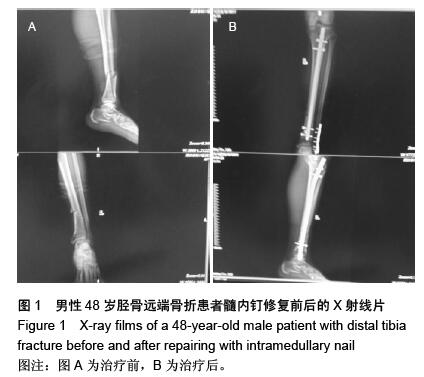
.jpg)
.jpg)